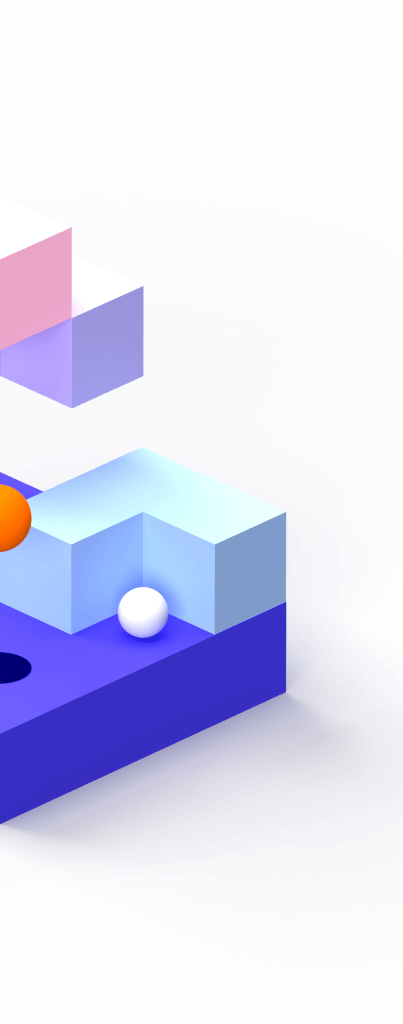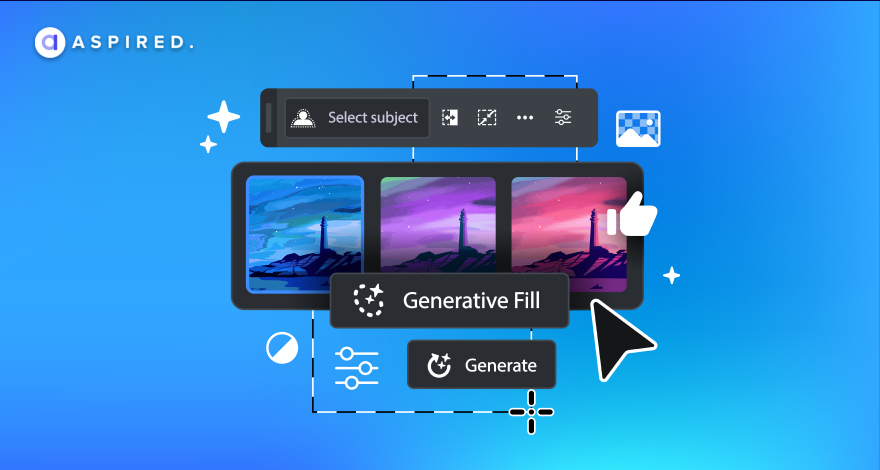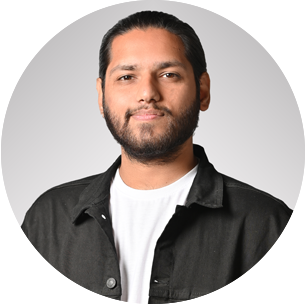With the rapid progression of modern computer tech, it has become practically impossible to surf the internet and not get news of some world-changing tech, especially in the realm of artificial intelligence. The creation of game-changing AI models by industry giants and the mainstream utilization of AI tools has allowed this marvel of technology to seamlessly become an essential part of our everyday lives.
Now businesses use it daily to enhance their processes using machine learning algorithms, artificial neural networks, and automation. The widespread adoption of this technology has caused it to seep into new dimensions, including the world of digital art.
To understand how AI has infiltrated the creative world of artistic minds, we must first understand how AI has expanded into this domain in a manner that may seem abrupt given the current circumstances but, in actuality, has been a gradual process.
How AI Expanded Into the Domain of Art
The use of AI within the domain of art isn’t a novel concept as in the past, we’d seen it being used by artists to help them move on from analog tools to digital tools, which led to the discovery of more creative fronts in the world of digital artwork. Ai technology has also been helping artists escape their creative roadblocks by providing them with fresh ideas and analyzing the art market as well.
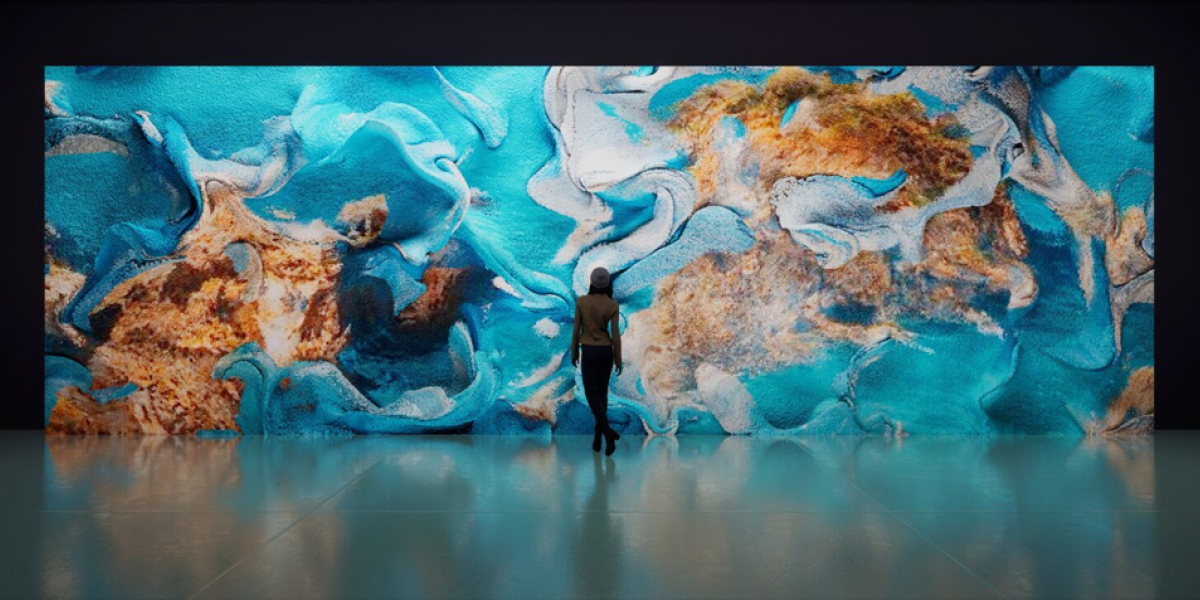
But now we’ve moved far beyond AI just helping artists, with the introduction of AI-generated art, it’s become possible to create mesmerizing artworks just by entering a few simple words through your keyboard. But what do we mean by the term “AI-generated Art”? Let’s find out!
AI-Generated Art Explained
In its most basic iteration, AI-generated art can be explained as original artwork produced by an intelligent system using algorithms and relevant data/images. This algorithm is taught to view and replicate specific colors, textures, and patterns in already existing art pieces. Combing the data of various artworks allows the AI system to replicate the art, albeit in a form that stems away significantly from the original data/images; hence the term original artwork is used even though numerous reference artworks are considered.
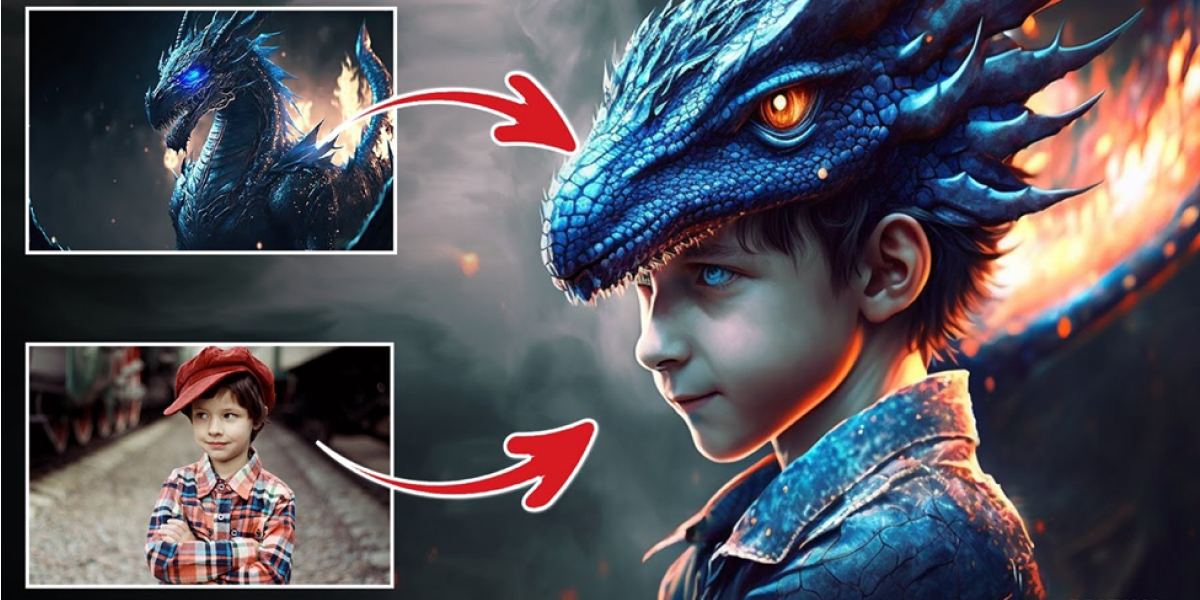
The leading technologies that enable such systems to produce AI art include:
- Generative Adversarial Networks
- Image style algorithms
- Image classification systems
- Art chatbots
- Computer-aided drawing tools
The tools which allow users to generate AI art have now been introduced to the general public, meaning anyone with a computer device can access these tools and create their very own iteration of various kinds of art, which incorporates numerous styles and design elements that can allow even a common individual to create a masterpiece using a carefully constructed prompt.
Three such tools that have come to precedence in recent times are Mid Journey, Stable Diffusion, and DALL–E, which allow anyone to enter a written prompt and create AI-generated art in the blink of an eye. The sky is the limit when it comes to these tools, as one is only limited by their own creativity and imagination regarding what these tools can produce. Even with these miraculous abilities, this technology has garnered a fair amount of hate from general audiences and artists alike. Our first step should be discovering why this negative perception of AI art exists.
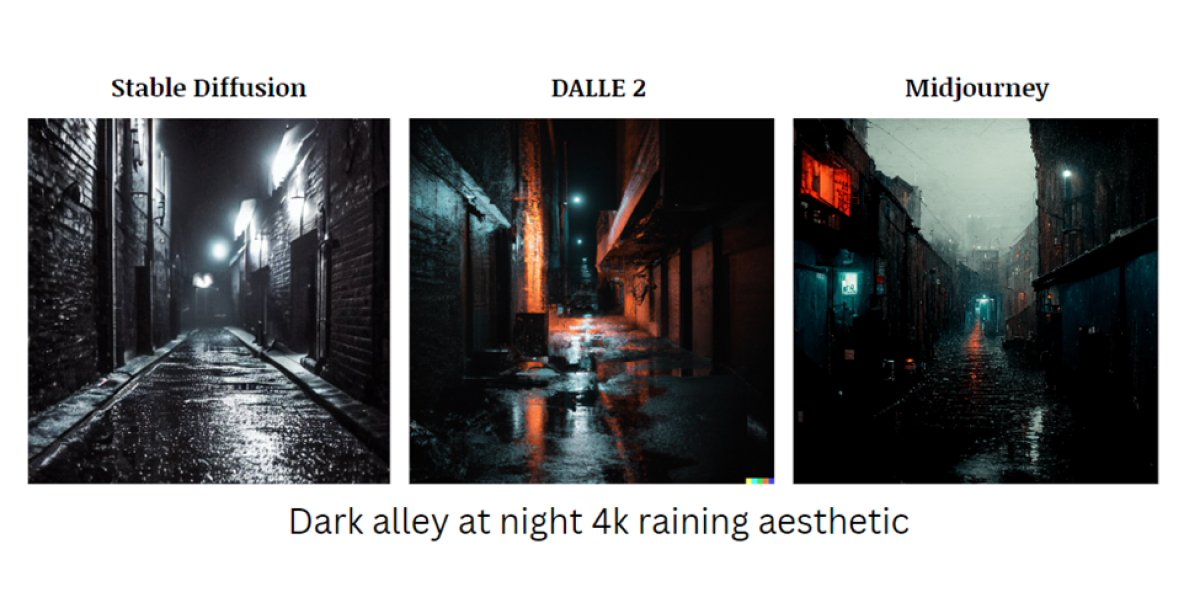
Why Is AI Art Perceived Negatively?
When we think about the term Artist, often names such as Picasso, DaVinci, Van Gogh, or Michaelangelo come to mind, as these are the creative geniuses that have produced eye-opening pieces of art that have allowed artists and art itself to gain immense praise and importance throughout history. The creative thought process, effort, intention, and skill involved with producing art is why the value of art made by an individual instead of AI seems to be etched into our brains.
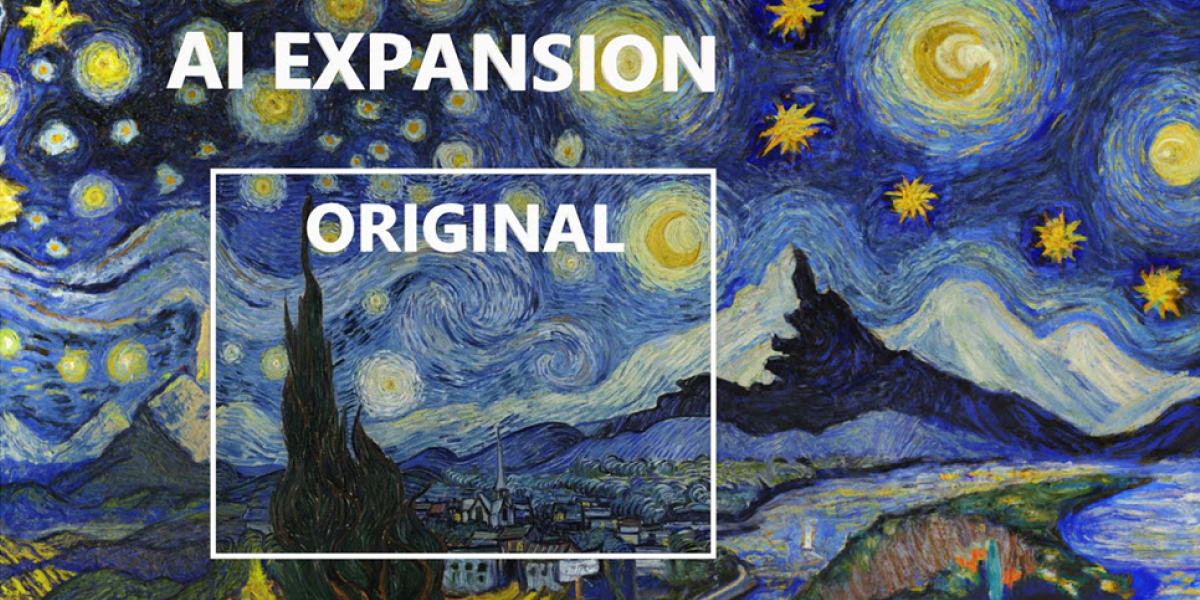
This negative perception by common individuals is merely the tip of the iceberg, as the real problem begins when the opinions and feelings of today’s artists are taken into perspective. That’s why we have to ask what AI Art means for artists and what complications it can create for them.
What Does AI Art Mean for Artists?
The immense creative prowess of AI art tools and the prospect of even better tools to be created in the times that come have become a source of worry and anxiety for most, if not all, modern-day artists. This worry stems from a single question: “Will AI replace artists?”.
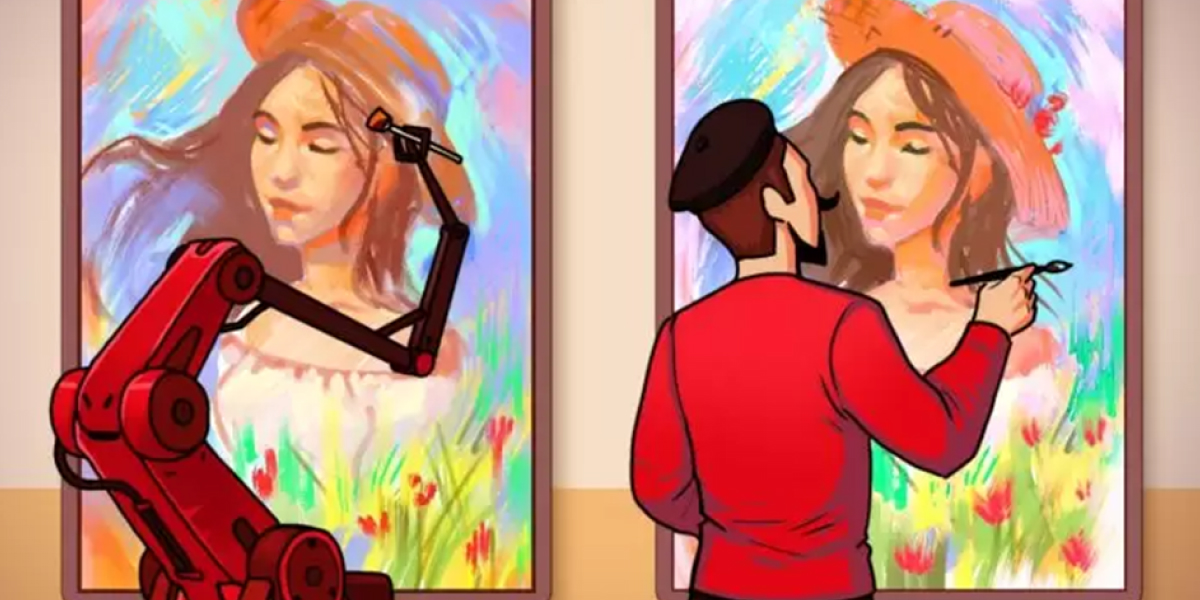
Many artists have been further enraged as AI art is derived from their own art, yet they don’t receive any kind of credit or value from these systems. They now run the risk of losing opportunities, recognition, and money to AI-generated work, which could lead to many of these individuals stopping producing art altogether.
Recently we’ve also seen an AI-powered robot named “Ai-da,” which is an ultra-realistic artist robot that can perceive art with her eyes and use her AI algorithms to create real-world art pieces, which she does with two robot limbs that serve as her arms. This technological marvel is what artists’ nightmares are made of, as this adds fuel to the fire when the idea of AI replacing artists is considered.
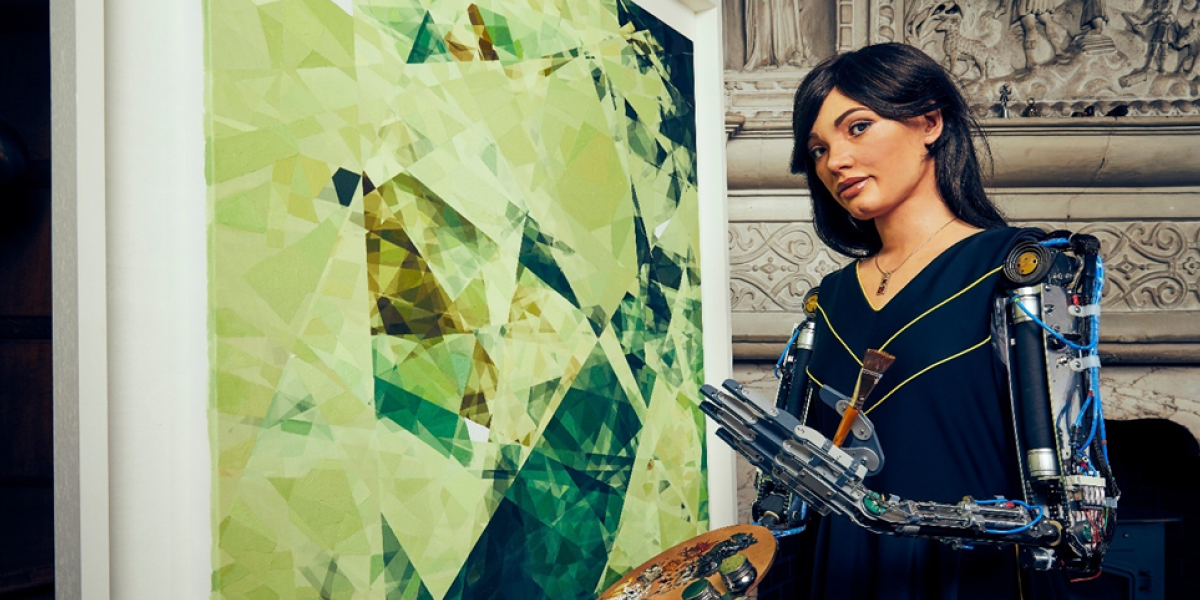
What Will Become of The Artists Now?
Whether AI art directly threatens artists is up for debate and is quite a tricky question to answer. Many have stated in this regard that creating an image through AI can’t necessarily be considered as making art. Furthermore, they addressed that prompting in images isn’t art at all; many of these comments are rooted in how art is more about addressing certain aspects of the human condition and asking questions that directly relate to our feelings, emotions, ambitions, and aspirations. A machine can’t speak through art in a way an artist can, simply because it isn’t human.
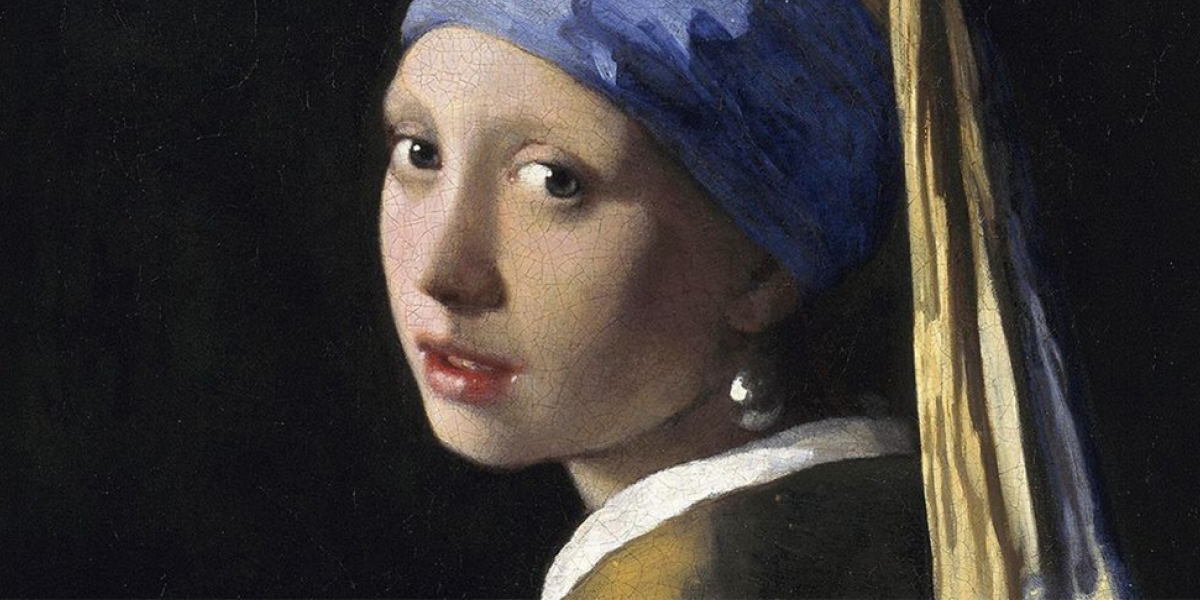
Thus, saying that AI will replace artists is a statement that seems quite farfetched, especially when we consider the fact that the camera was once a source of apprehension for artists but ended up becoming its own kind of art form, quite different from traditional art.
Thus, it is much more likely that AI-generated art might end up as its own unique type of art form, which would allow it to be differentiated from traditional art. Moreover, it’s important to remember that the purpose of this technology is to expedite the creative process rather than remove the human element from it. Thus, artists should be focused on befriending these AI systems rather than resenting them.
What does The Future Hold for AI Art?
AI has the potential to unlock an entirely new dimension of creativity for seasoned artists, newcomers, and even ordinary individuals that aren’t skilled in any specific art forms. This can bring about several positives, including more accessibility to art creation, thus making it more tangible for individuals with special needs or disabilities.
It can make painstaking tasks much simpler and easier, as seen by how automated editing tools are slowly growing to allow artists to edit art and images more efficiently and quickly. Tasks such as background removal, selecting the right hues and shades, and even idea generation can be made easy and efficient alongside the artist’s/designer’s creative insight.
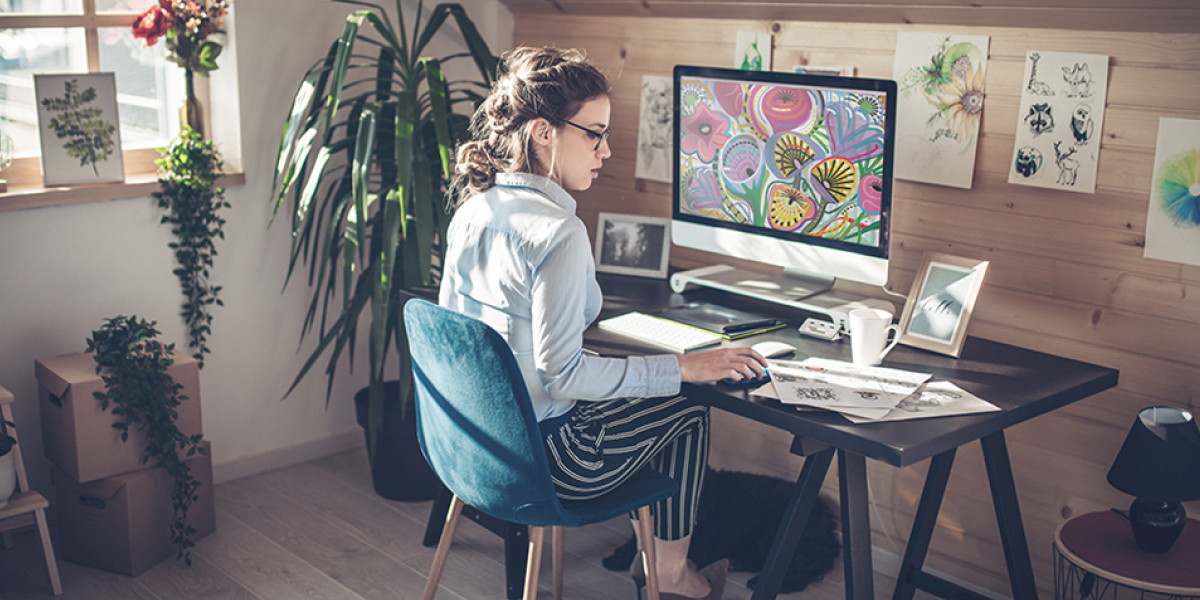
Furthermore, these AI systems can allow the custom personalization of art by making it easily adaptable to the individual interests and preferences of people, including clients and artists. This can make the resulting art much more satisfactory, meaningful, and engaging for clients, designers, and artists. These positive prospectives prove that AI is here to help artists and not to steal their jobs, meaning they have nothing to fear yet, but who knows what kind of development we may see in the near future?
Final Words
From what we have learned today, it would be wise to say that AI-generated art and the tools that facilitate it are more of a double-edged sword regarding the positive and negative repercussions it can have on the world of art as a whole. Although initial perceptions of this technology seem to be negative, its growth and distinction from traditional art will be the major milestone that will enable it to be appreciated and considered in a positive light.
We can make all the speculations we want, but the truth is that only time can tell whether this technology will prove to be a blessing or a curse for artists. The true value of AI in art, as a canvas of potential or a pixel of pandemonium, remains to be seen. This is why we end today’s blog with a few words by an inspirational and creative mind of today’s modern era.
“The art challenges the technology, and the technology inspires the art.”
- John Lasseter, co-founder of Pixar.
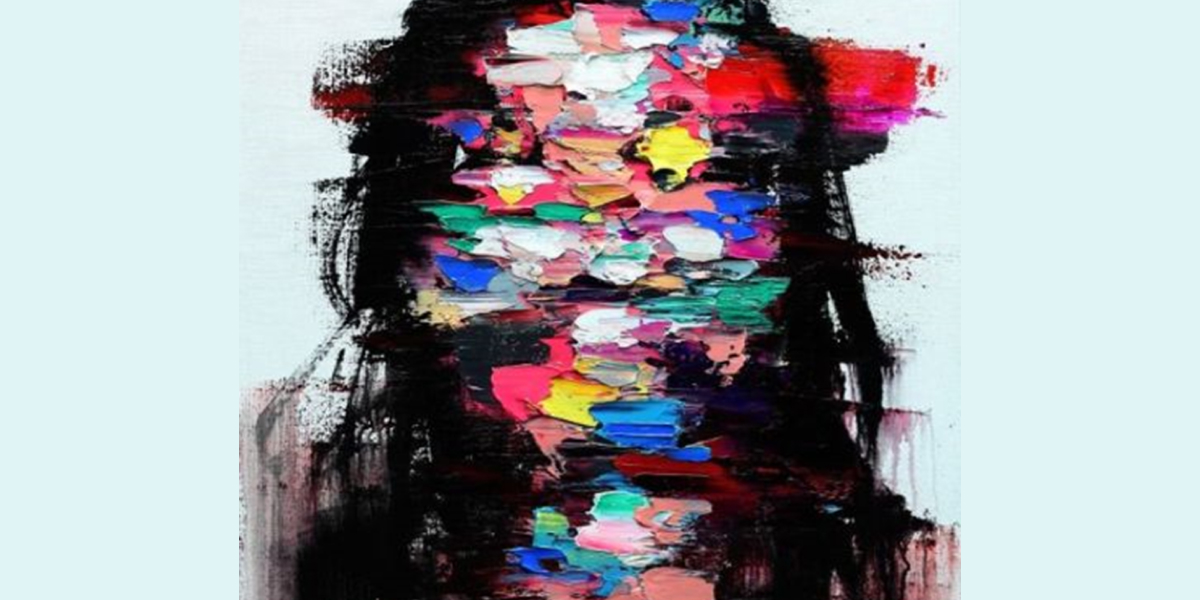

 Clients
Clients
 Processes
Processes
 Blog
Blog

